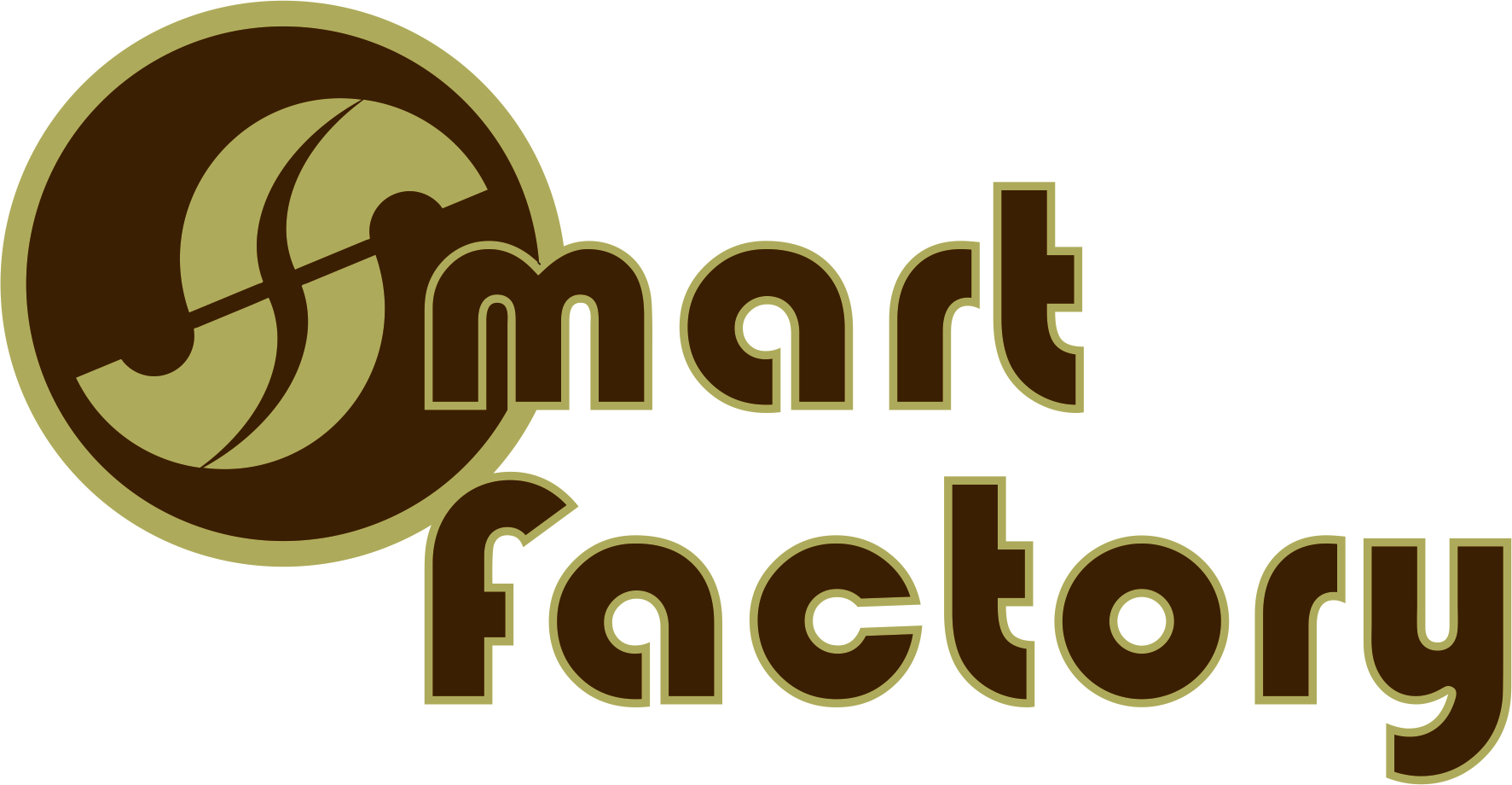✆ +370 62 040 151
✉ Info@smartfactory.lt
3D SCANNING
For scanning surfaces and internal structures we use:
Industrial Micro-Computed Tomography

Precise 3D laser scanning

3D structured light scanning

Industrial Micro-Computed Tomography (Micro-CT)
Is a crucial instrument used in various industrial fields for the analysis and inspection of materials, components, and assemblies analyzing nominal and actual models side by side, and measuring the thickness of selected regions.
Our Nikon Micro-CT equipment enables us to accurately recreate a 3D model of an object’s interior and exterior without damaging it, with a tolerance of up to 10 µm.
Micro-CT works by capturing a series of X-ray images of an object from multiple angles as it rotates. These 2D X-ray images are then processed using complex algorithms to reconstruct a detailed 3D representation of the internal structure of the object. This enables the visualization, measurement, and analysis of the internal features, such as voids, defects, density variations, and the geometry of the object.
Micro-CT is frequently used in metrological verification to check the conformance of manufactured parts to the drawing, benchmark parts made by third parties, and transfer construction/single parts to the virtual space for additional testing using finite element analysis software.
Typical applications:
- Detection of manufacturing defects
- Assembly inspection of complex mechanisms
- Dimensional measurement of internal components
- Creating DICOM files for part slicing view
- Part-to-CAD comparison
- Digital archiving of models
- Evaluation of additive manufacturing components
- Non-destructive quality control of welds and other joints
- Inspection of cast parts from different metals
- Assessment of corrosion and material degradation
- Analysis of the internal structure of batteries
- Detection of voids, cracks, and other defects in joints and sealing regions
- Non-destructive quality control of pressure vessels and other critical equipment
3D laser scanning with coordinate measurement machine
Accurately scanning surfaces of objects without physically touching them is essential, as modern products and their details are increasingly complex and irregularly shaped.
We provide a very precise 3D laser scanning service for objects up to 600x600x400 mm.
Our cutting-edge Nikon scanner changes the laser settings for each spot ensuring accuracy, quickness, and excellent results.
It can accurately measure different product materials and their combinations, surfaces, colors, and curves without operator control or engineering support.
A laser scanner can ensure accurate measurements up to 3 µm. This degree of accuracy surpasses what the most accurate 3D metal printers can produce with a single layer at least 20 µm thick. With the help of our advanced software filter, which removes undesired reflections, we can also scan shiny objects.
Typical applications:
- Nominal to actual comparison
- Part-to-CAD creation (Reverse Engineering)
- Creating STEP model for scanned part
3D structured light scanning
Regardless of the size, nature (natural organic surfaces, regular-shaped objects, etc.), or necessary precision of an object, we provide a variety of scanning solutions to suit different requirements. Depending on each project’s particular needs, we use laser and structured light scanners.
With a scanning precision of up to 0.1 mm, the Artec scanner is one of the most precise object scanners available. Its structured light technology offers faster scanning compared to typical laser scanners while preserving high resolution (up to 0.5 mm) and bright colors (texture resolution remains even 1.3 megapixels).
The scanned items are saved in open-format digital files (STL, 3DM, VRML, OBJ, PLY, and PCL formats). Our on-site, cordless, structured light 3D scanning services are very adaptable and can be used almost anywhere. The portable Artec scanner is perfect for fieldwork because of its mobility
Also, the Artec structured light scanner can be used to produce a faultless reduced human statue since it uses structured light technology—rather than laser radiation—which is completely safe for both living and inanimate objects
Typical applications:
- Nominal to actual comparison
- Part-to-CAD comparison (Quality control)
- Creating STEP model for scanned part

